As transport options have changed over the years, the impact on village life has been profound.
The constraints on movement that had lasted so long began to relax from the 19th century onwards, although horse-drawn transport was to remain a key part of village life for many years to come, with various villagers employed as a Groom, or having that as part of their role.
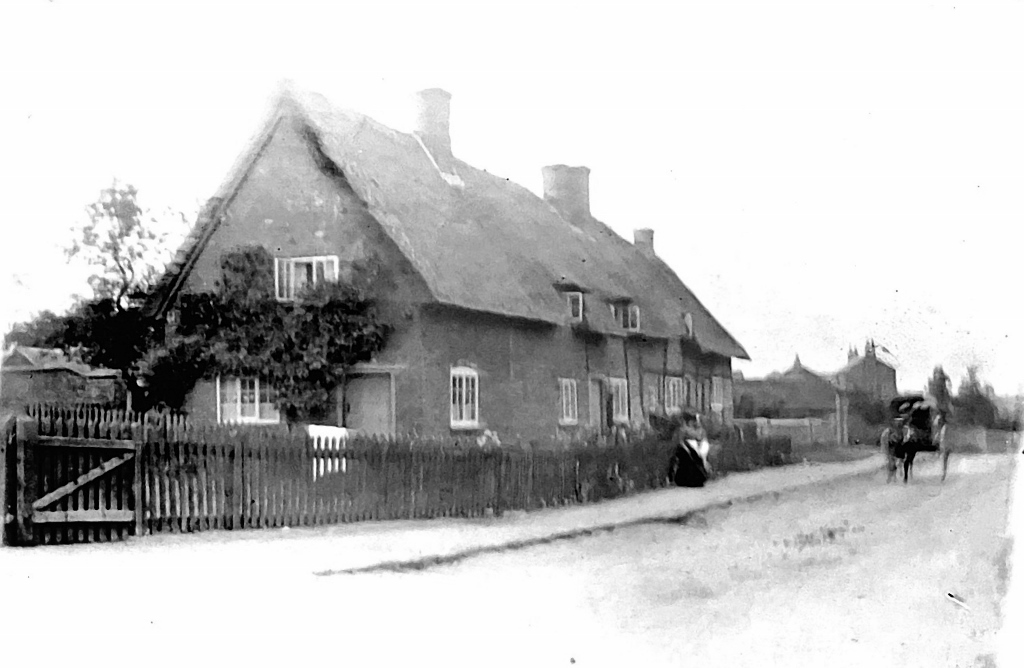
The first possible change came when the Oxford Canal passed along the northern edge of the parish, with a wharf at Brinklow and at Newbold and an arm stretching towards Fennis Fields Farm on the edge of Little Lawford at the start of the nineteenth century. This had particular benefit in the Fennis Fields area for the lime quarry and lime burning enterprise, but little other evidence of any other impact or benefit.
The advent of the London to Birmingham Railway which opened locally in 1838 resulted from significant engineering work in Church Lawford, with a large cutting and embankment plus Wolston Viaduct built locally. Although there was no local station, there is evidence of freight traffic due to the Lime Workings in Limestone Lane as discussed here, but otherwise the railway age from the 1850s onwards also had a rather peripheral effect, with some local workers employed as “plate layers” and also the need for line monitors who were based at the Fog Cottages next to the skew bridge.
The clip opposite is taken from the Carlisle Journal of 29th September 1838, illustrating the country-wide coverage the opening of the London-Birmingham railway – which of course went through the parish. The full line opened on 17th September 1838, although the stretch from Rugby to Birmingham had opened in April of that year, with a delay in completing the Kilsby Tunnel delaying the full opening.
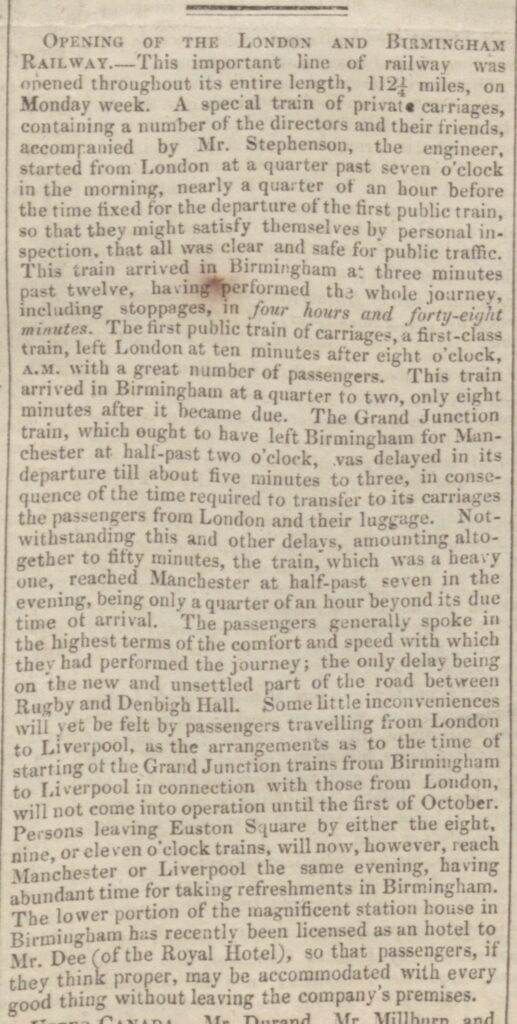
Stations at Dunchurch and Brandon, as well as the main Rugby station were of some benefit for the farming community, or for local tradespeople, and village outings in various guises linked up with the railways using traditional horse drawn transport. Dunchurch station opened in 1871 on the Rugby to Leamington line, and was located outside the village itself, towards the southern edge of Church Lawford parish. It closed in 1959. Brandon and Wolston station closed in 1964. Brinklow station, originally known as Stretton station (as it was as near to Stretton Under Fosse as Brinklow), may also have been used by those in King’s Newnham parish until it closed in 1957. More details of the Rail connections around Rugby, along with sample timetables can be found here.

Shortly after the railway age had begun the possibilities of bicycle transport gave short distance benefits, with a local example being the local clergy getting around the villages and to and from church. The first bicycles arrived in the Rugby area in the late 1860s according to an issue of the Rugby School Magazine, so the pedal powered transport era would have begun in the villages from around 1870. Moving into the 20th Century the local constabulary were very conscientious in prosecuting those that rode bicycles without lights after lighting up time – and indeed the Rugby Advertiser reported on the fines levied with almost as much diligence as it did reporting those caught without a dog licence.
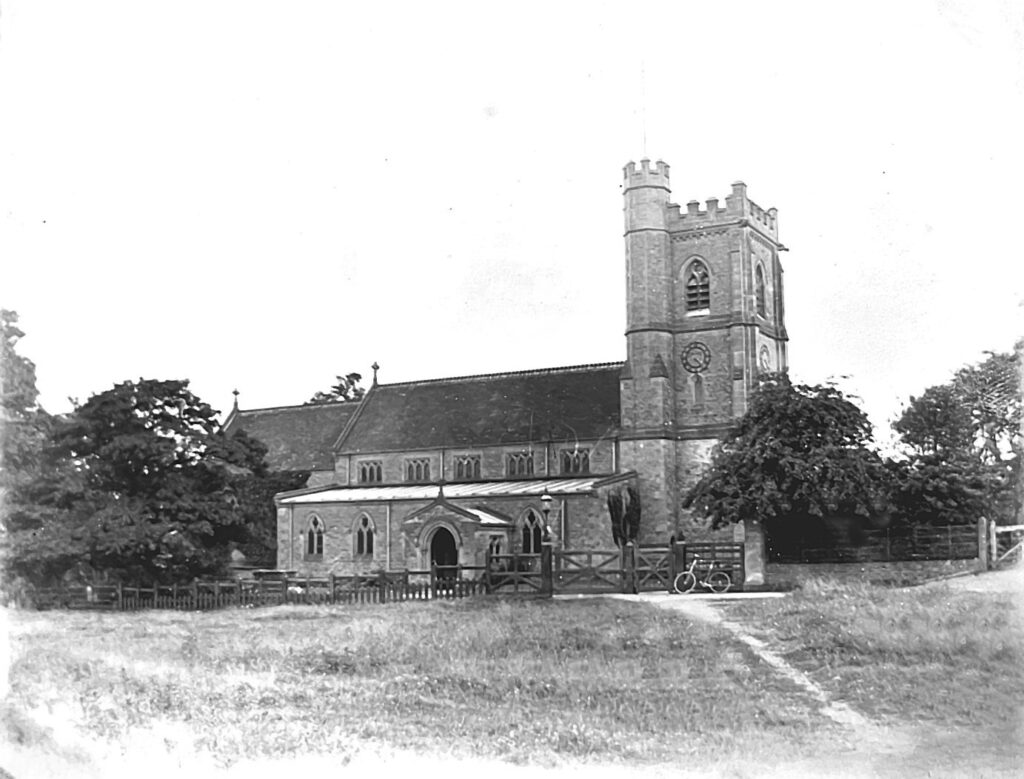
around 1897
However the advent of motorised transport, and public transport in particular began a period of significant change. The horse drawn charabanc saw competition in terms of the motorised version shortly before the Great War, with local operators offering services as the decade ended. During the 1920s the Birmingham and Midland Motor Omnibus Company (Midland Red) commenced a motorised omnibus bus service from Coventry to Rugby via Church Lawford. Then numbered 46A, it first ran in 1922. There was also a local bus service from Rugby to the village via Long Lawford provided by the P Round operator. At the southern edge of the parish the main Holyhead Road passed by at the Blue Boar, providing many connections at Dunchurch from the stagecoach days through to motorised transport. The Holyhead Road (now known as the A45 or London Road) started as a branch off Watling Street (A5) at Weedon, providing an alternative link, via Coventry and Birmingham, to Anglesey and the Irish Ferries, linking back up with the Watling Street on the Welsh Border.
Coupled with the growth of businesses such as Bluemels in Wolston, British Thomson-Houston (BTH) and Lodge Plugs in Rugby as well as continuing demand for workers on the Railway the possibilities of employment away from agriculture were increasing. Similarly the potential for secondary education was increased with improved transport. Also in the 1920s there were a number of local operators of charabancs offering their services for longer trips and outings. Notable amongst these was the Crimson Rambler which operated local services as well as excursions to places like Stratford on Avon. Amongst the many innovations at BTH was their version of the motor coach, which was trialled locally. A Midland Red timetable of the 1920s shows the buses were already using the classic numbers many will remember – 586 for the Coventry to Rugby via Wolston, 584 for the route via Ryton, with the occasional X86 Express service. The timetable below shows the Church Lawford prices of 4d to or from Rugby and 10d for Coventry in 1929. The timetable shows the extra 3 daytime buses on a Saturday that just came as far as Church Lawford then back to Rugby.
For a period after the Second World War there was a Midland Red service to King’s Newnham on a Thursday and Saturday. Due to limited demand the company withdrew the Saturday service in 1949, although the Parish Council appealed and got an initial extension for the Thursday service, that too closed shortly afterwards.
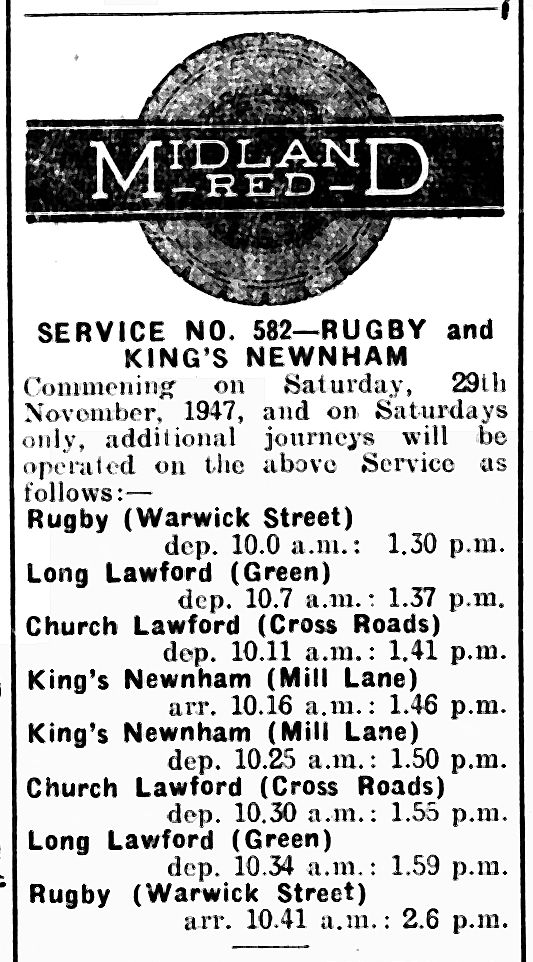
A more recent bus timetable – from 1966 – can be found here. In those days buses from Church Lawford to Rugby went straight into town via Warwick St and continued to Clifton Road (with some services going to Hillmorton).
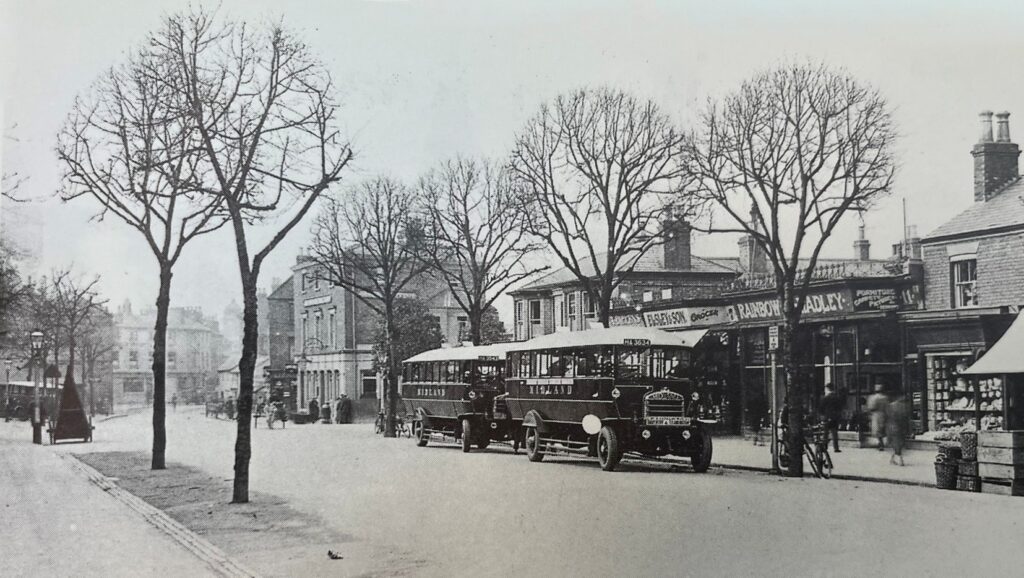
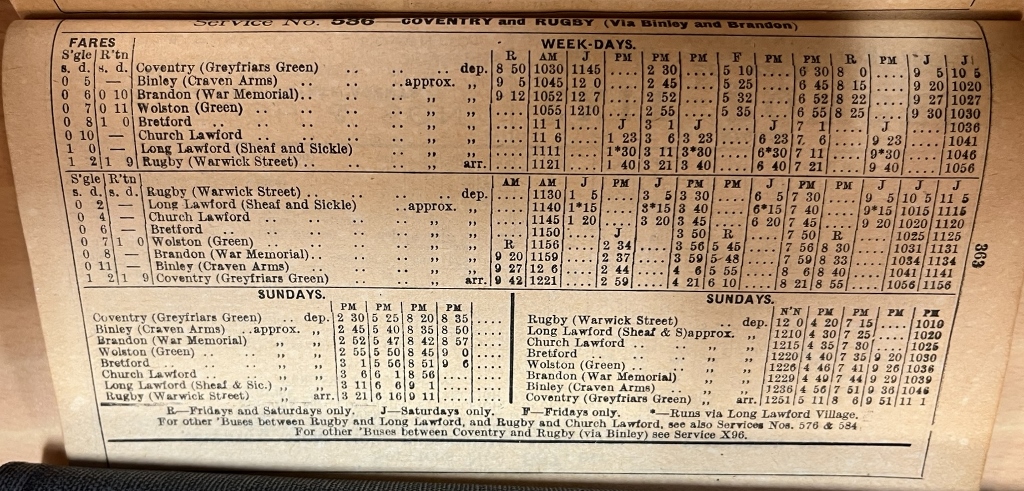
held at the Warwick Records Office
During the inter-war period the construction of council houses also meant the ties to agriculture began to be weakened , even if most of the main bread-winners were still reliant on the agricultural economy and tied cottages still dominated the available housing.
The periods of austerity either side of the Second World War might have slowed things somewhat, but by the 1950s an increasing number of villagers were no longer employed in agriculture, and were finding employment in Rugby, Coventry or at the Rootes car factory in Ryton. See here for discussions about this Post-War period. As roads improved and the economy improved after the war, more and more people were able to own a motor car.
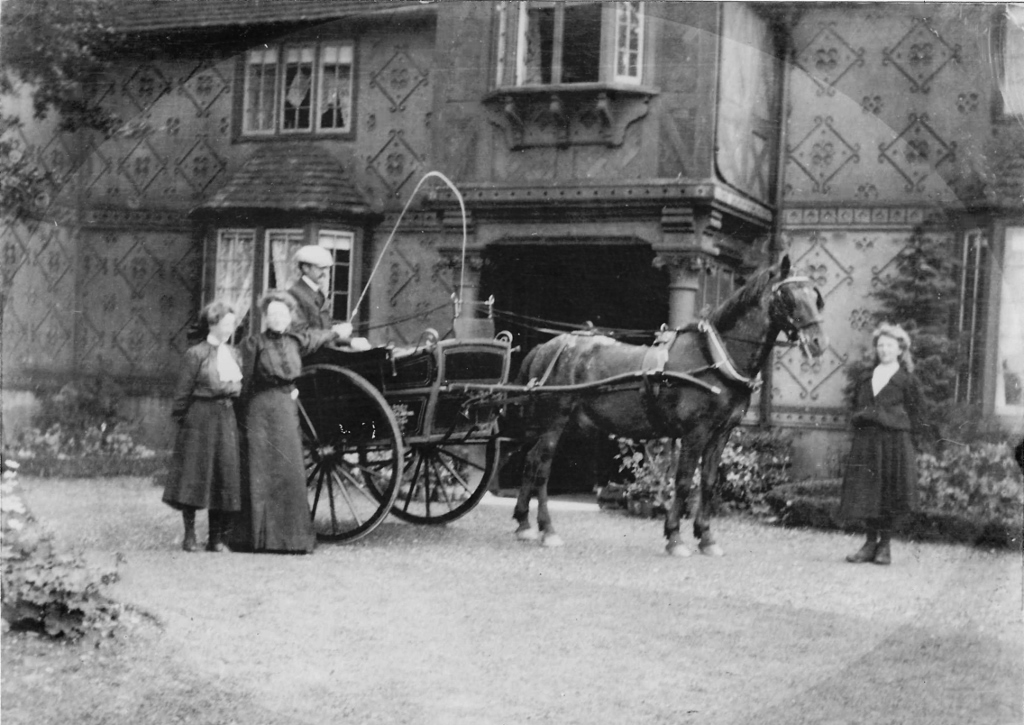
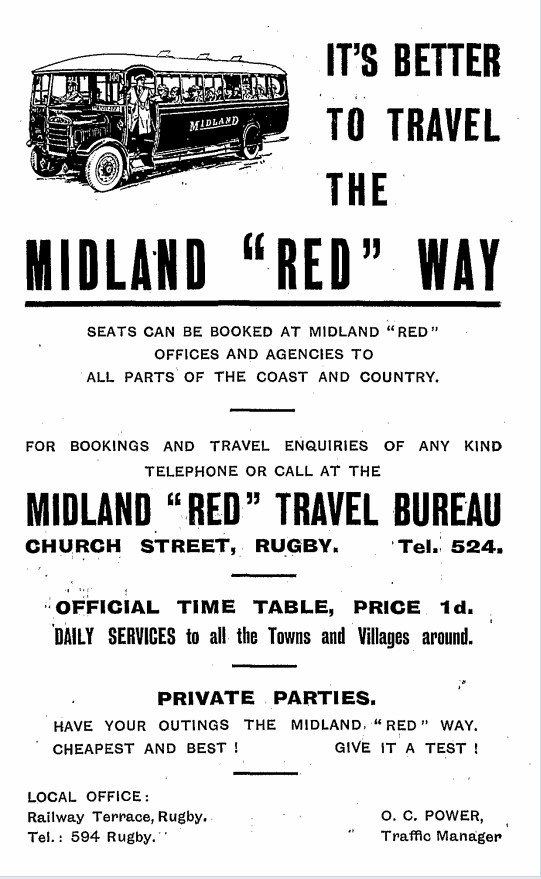
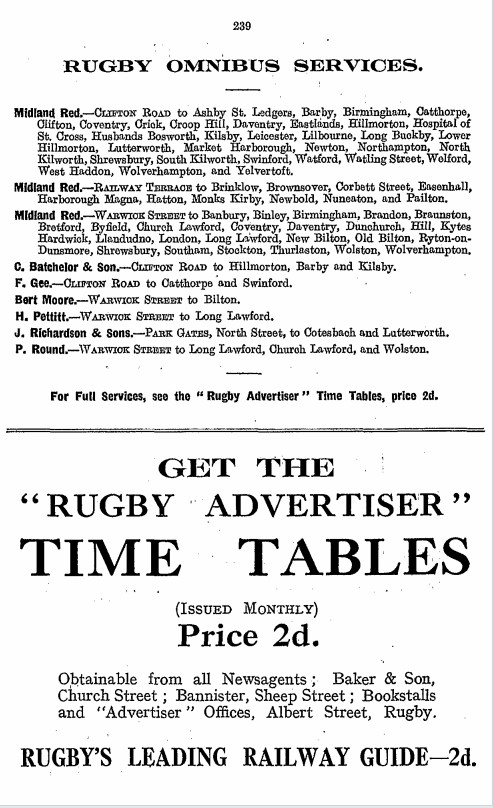
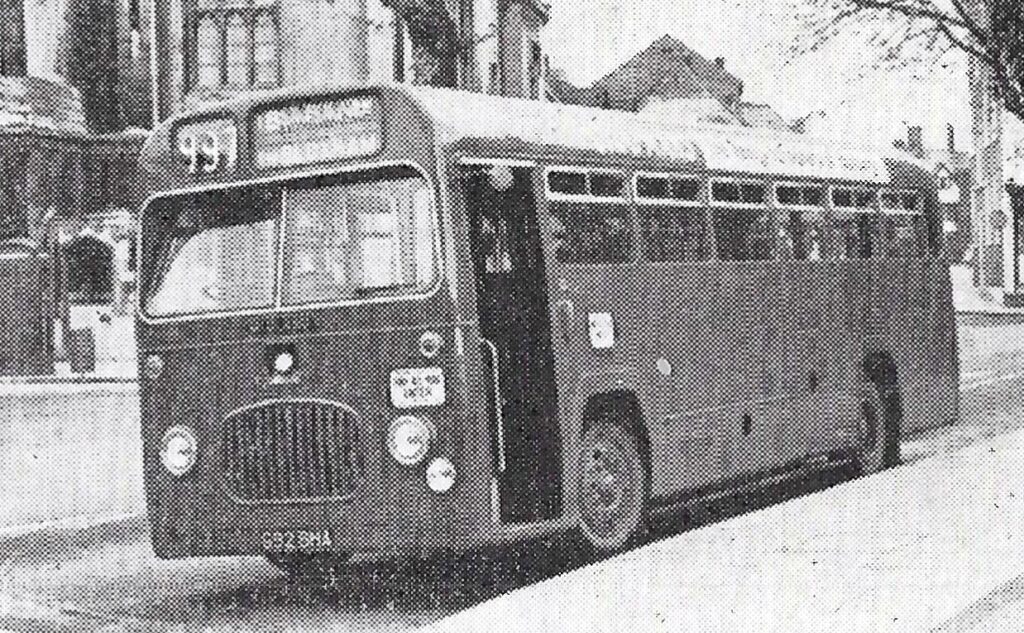
Although the railway was very much a “passing through” facility, the line between Rugby and Coventry was always part of village life in Church Lawford, whether to watch a passing steam train go under Middle Lane bridge through to the early 1960s or to view the high speed electric trains that whizzed under both the Middle Lane and Limestone Lane bridges once electrification was completed in the mid to late 1960s. The Electric Multiple Unit trains appeared with electrification, increasing service frequency along the local line.
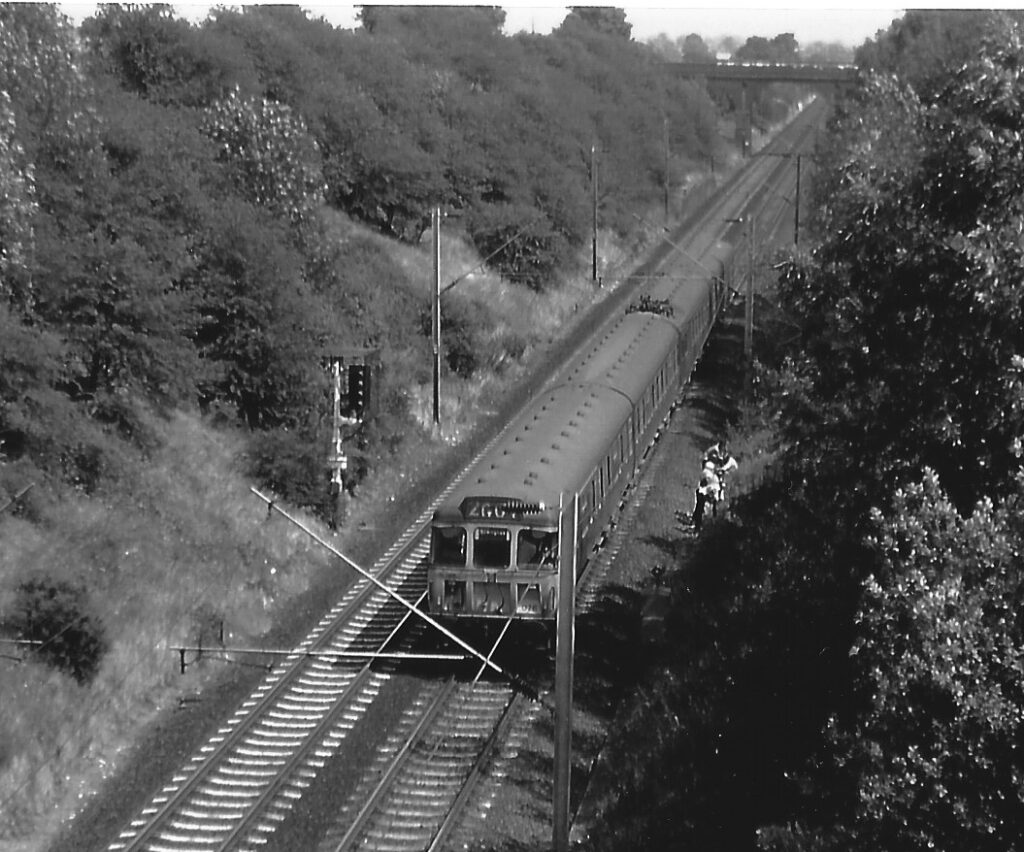
The existing deep cutting meant that electrification could take place without as significant impact as in places like Long Lawford, where the bridges had to be raised or rebuilt, with the Back Lane bridge in particular becoming more difficult for vehicles to traverse.
More details on the Triangle Garage and the associated Haulage Business can be found here.
